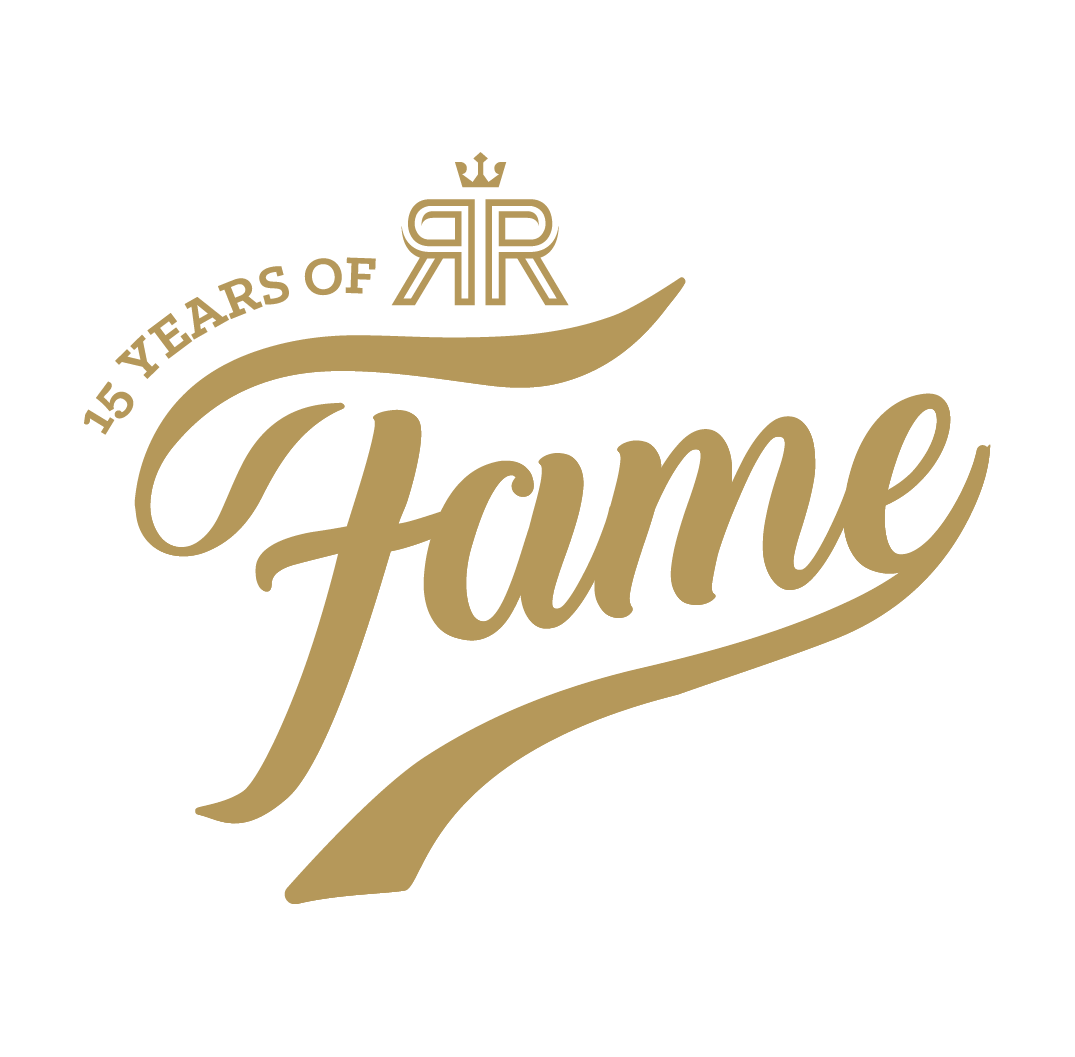Imagine this. It’s a Sunday night, you’re in your PJ’s, you’ve just fed your cat and you’re ready for bed. You find yourself scrolling through Instagram, screenshotting several images of pairs of jeans and sending them to your friends in a group chat, asking for their opinion. Just a normal Sunday night? Well, you’ve just participated in one of the most crazed-about sharing techniques in today’s day and age; dark social.
According to Alexis C. Madrigal, dark social refers to the social sharing of content that occurs outside of what can be measured by Web analytics programs. By this we mean that no matter what social marketers do to improve their analytics drive, they still can’t see when you’ve screen-grabbed, emailed or texted to your friends. Invisible or dark social suggests one thing: it’s not content shared through social networks, because if it were, it wouldn’t be “dark” because it would’ve been registered. Some of the hottest apps such as Instagram, Snapchat and Facebook Messenger have updated their platforms to adhere to today’s consumer wants of instant gratification, one-to-one messaging and rich visuals.
Now imagine you’re a social marketer and one of your main tasks is to analyse the amount of people talking about your brand. As a social marketer, social sharing is the lifeline that sustains and magnifies your efforts, and it turns out you can’t even see that it’s happening in most cases. Imagine if the paid search didn’t know about 70% of their effective key words!
Here are just a few examples of participating in dark sharing:
- A wife texting a husband about a concert she’d like to attend
- A group of friends on a group email chain sharing content about a funny YouTube video
- A friend texting another friend about some makeup she’d like to buy
- A colleague WhatsApp’ing a recent industry announcement
The uses of dark social are plentiful and there are clearly so many places where it makes more sense to share content on a smaller, more personable level, rather than to the masses.
So what are brands doing with dark sharing traffic?
Online brands such as ASOS, Shazam and Buzzfeed are already focusing on dark traffic with WhatsApp via their applications for IOS devices. Buzzfeed recently added a “share with WhatsApp” button to their IOS sites so they are able to register how their dark traffic has increased.
Another great mar keting strategy is Burger King’s “Chicken Fries” activation. By creating a custom Emoji app for smartphone users, Burger King is now able to tell how many people download the app in the interest of their #chickenfries and to better measure their comments. The Emojis functioned both as conversation starters and as a fun and innovative way of measuring dark social.
keting strategy is Burger King’s “Chicken Fries” activation. By creating a custom Emoji app for smartphone users, Burger King is now able to tell how many people download the app in the interest of their #chickenfries and to better measure their comments. The Emojis functioned both as conversation starters and as a fun and innovative way of measuring dark social.
The use of Bit-links also prove effective to measure the amount of clicks through to a site that may have turned into a form of dark sharing. Bitly shortens web links for use in social networking, SMS, emails and more.
What can we make out of dark sharing?
Rather than using centralised channels and platforms, more consumers are opting for one-to-one social interactions. Dark social is one of the biggest pieces of the sharing universe and is particular powerful when it comes to mobile. As the customer journey grows more complex, marketers will have to adapt their tools for this behaviour. So don’t be afraid of the dark! Be creative, innovate around the world of dark sharing and it will work in your favour.

